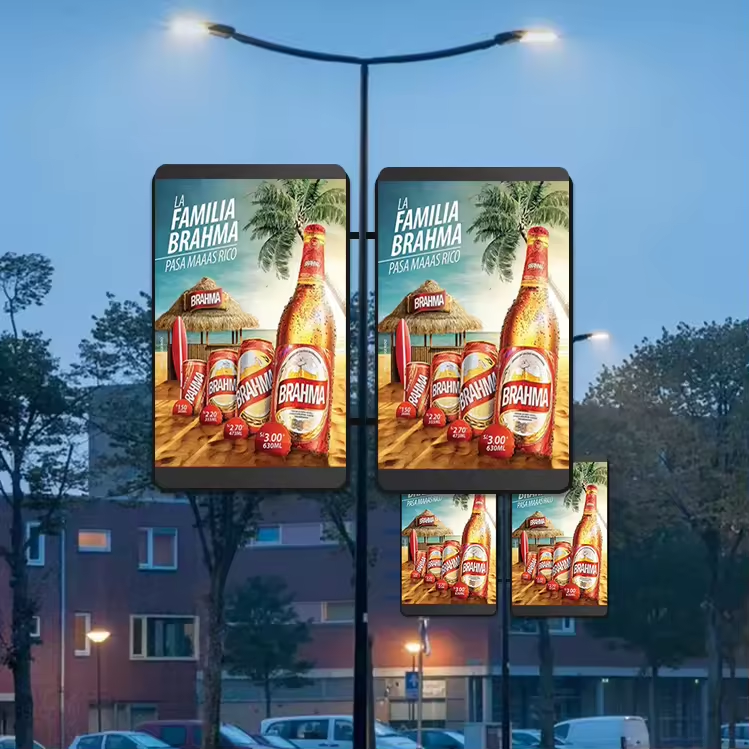What Pixel Pitch Outdoor LED Sign is the best choice for your Outdoor LED Sign? Currently, the main model of Outdoor LED Display are: P4, P5, P6, P8, P10, P12, P16, how to make right choice to select the most fit Pixel pitch ?
#Muenled
#outdoorLEDsigns
All posts tagged: Outdoor LED signs
The hardest part of starting up is starting out

